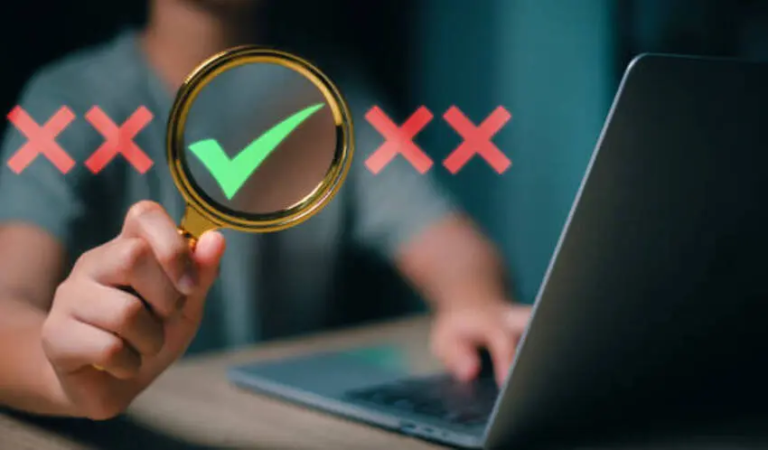A Network Security Audit is a key part of keeping your business safe. It checks your systems for weak points. It also helps you fix problems before attackers find them. But many companies make mistakes during audits. These mistakes can cause you to miss important risks. They can also hurt your compliance efforts. In this article, we explain the most common mistakes made during a Network Security Audit—and how to avoid them.
1. Not Defining the Scope
Many companies forget to set a clear audit scope. This means the audit may miss important systems.
What to do:
List all devices, servers, and networks to include in the audit. Include cloud systems and remote access tools.
2. Using Old Network Maps
Some teams use outdated network diagrams. These maps miss new tools, apps, or systems added later.
What to do:
Update your network map before each audit. Include all hardware, software, and connection points.
3. Skipping Physical Security Checks
A Network Security Audit is not just about firewalls and routers. Physical access matters too.
What to do:
Check who can enter server rooms. Lock hardware and use cameras to protect your network gear.
4. Ignoring Wireless Networks
Some audits forget to test Wi-Fi systems. Unsecured wireless access points are easy targets for hackers.
What to do:
Scan all wireless networks. Use strong passwords and hide SSIDs where needed.
5. Forgetting Third-Party Access
Vendors and partners often have network access. Many audits ignore this risk.
What to do:
Check all vendor connections. Limit access and ask for their security reports.
6. Not Checking User Permissions
Over-permissioned accounts are a serious risk. Some users may have more access than needed.
What to do:
Review all accounts. Use the “least privilege” rule to limit access.
7. No Regular Patch Management
Outdated software is a top reason for attacks. Many audits fail to check for missing patches.
What to do:
Keep all systems updated. Use tools to track patch status and install updates quickly.
8. Weak Password Policies
Weak passwords are easy to guess. Many audits don’t test password rules or account lockout settings.
What to do:
Use strong passwords and enable multi-factor authentication (MFA) for all users.
9. Ignoring Remote Access Security
More people work remotely now. Some companies skip testing VPNs or remote desktop settings.
What to do:
Secure remote access with encryption, MFA, and IP restrictions. Test these systems in your audit.
10. Overlooking Cloud Services
Cloud apps and storage are often used but not tested. This creates blind spots in the audit.
What to do:
Include cloud platforms like AWS, Azure, and Google Cloud in your audit scope.
11. Not Reviewing Security Logs
Logs show who accessed what and when. Some teams forget to check them.
What to do:
Set up log monitoring tools. Review logs often to catch suspicious activity early.
12. Poor Incident Response Planning
Some businesses have no clear plan for a breach. Or they never test their response plan.
What to do:
Create an incident response plan. Run drills and update the plan every year.
13. Relying Only on Automated Tools
Automated tools are fast but can miss complex issues. Some audits use only scanners.
What to do:
Combine automated tools with manual testing. Hire professionals for deeper analysis.
14. Skipping Penetration Testing
A vulnerability scan is not enough. Penetration tests simulate real attacks.
What to do:
Schedule regular penetration testing. Fix all issues found during the test.
15. Lack of Employee Training
Human error causes many attacks. Some audits ignore how well employees follow security practices.
What to do:
Train staff to spot phishing, use strong passwords, and report suspicious activity.
16. Not Following a Standard Framework
Some audits are random and unorganized. This leads to missed risks and poor documentation.
What to do:
Follow frameworks like NIST, ISO 27001, or CIS Controls. These offer step-by-step guidance.
17. Not Documenting Audit Results
Some teams do the audit but forget to save the results. This makes it hard to show progress later.
What to do:
Write a full audit report. Include findings, risks, actions taken, and plans.
18. No Follow-Up After the Audit
Doing an audit and not fixing problems is a waste of time.
What to do:
Create a timeline for fixes. Assign tasks to team members. Re-test systems after updates.
19. Forgetting Legal and Compliance Needs
Some audits miss legal requirements like GDPR, HIPAA, or PCI DSS rules.
What to do:
Check laws that apply to your business. Make sure your audit covers these rules.
20. Not Involving Key Stakeholders
Some audits are handled only by IT. But security affects the whole business.
What to do:
Involve leadership, HR, legal, and operations in the audit process.
Final Thoughts
A Network Security Audit is a powerful tool for your business. It helps find and fix security risks. But only if done right. Avoid the common mistakes listed above. Plan well. Use both tools and experts. Train your team. Document everything. By following these steps, your audit will be more effective. And your business will be safer.






